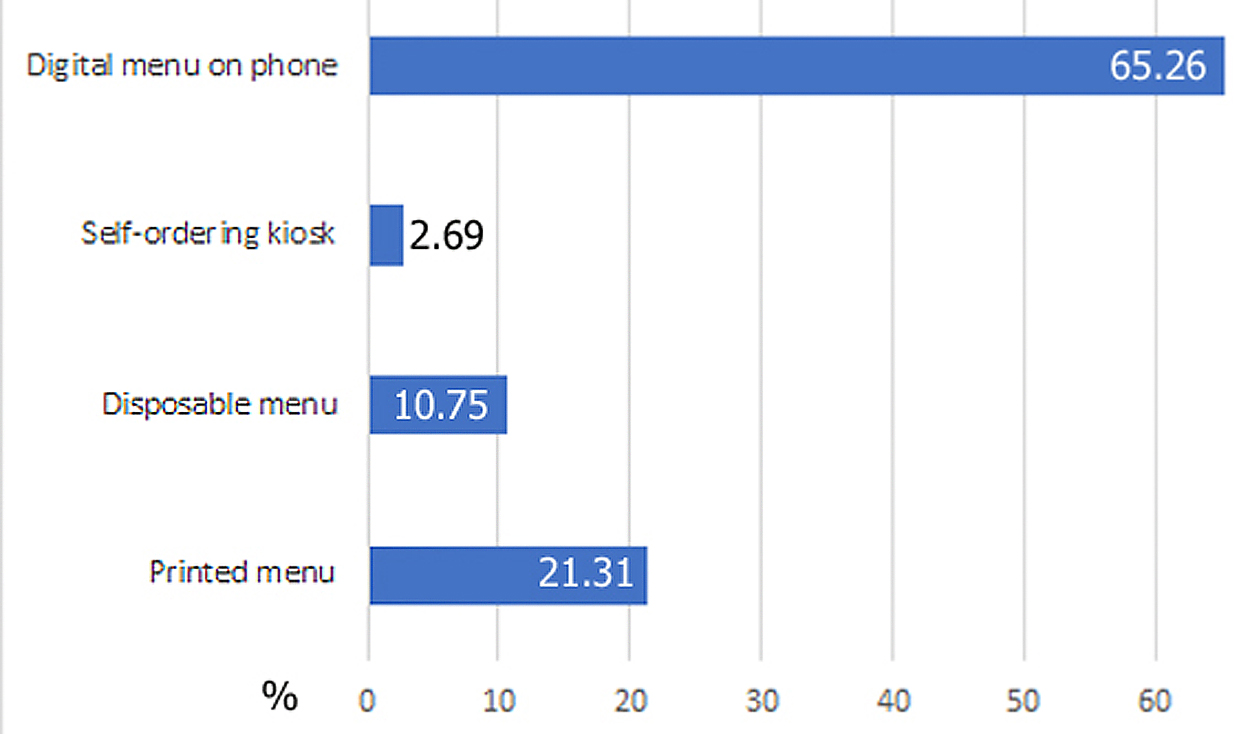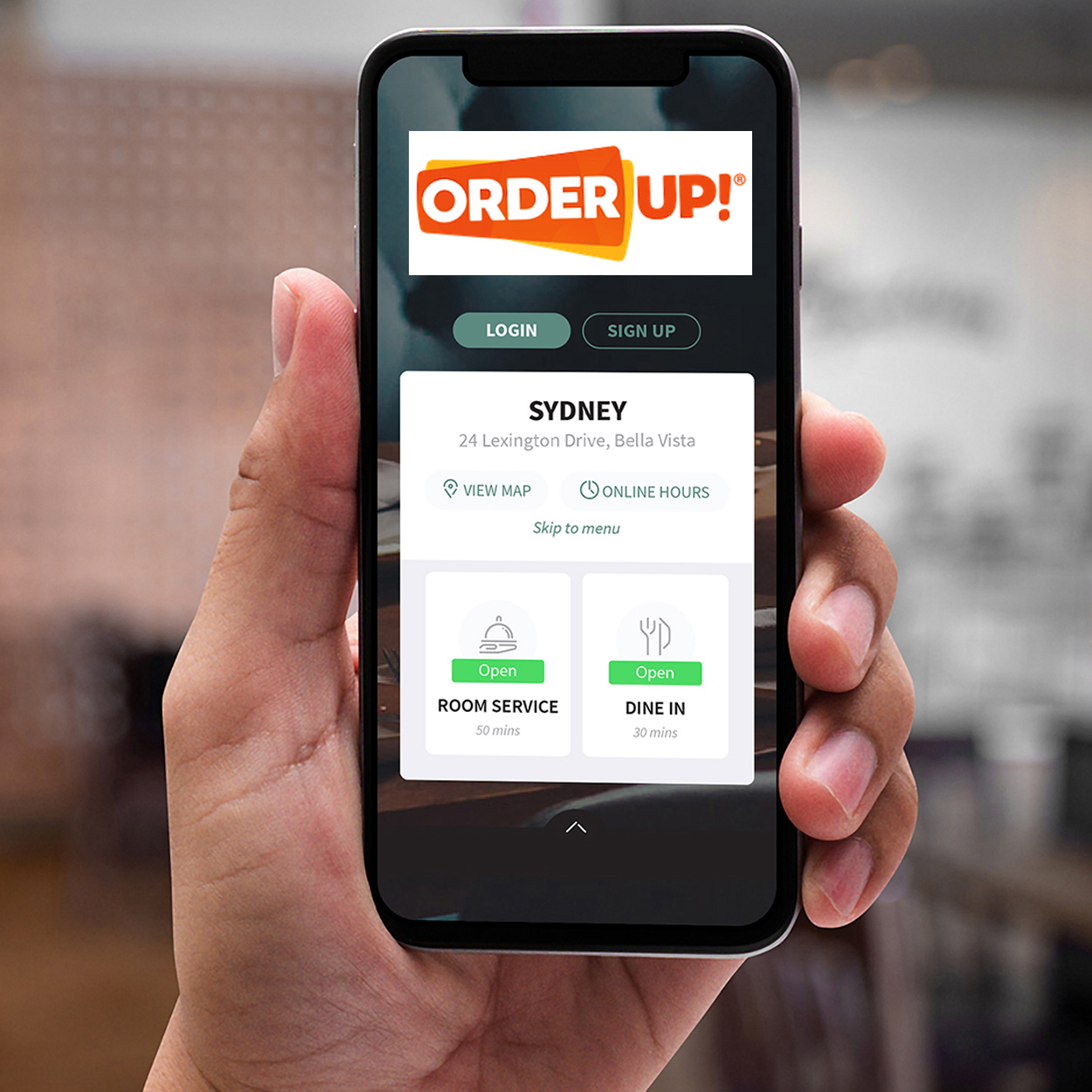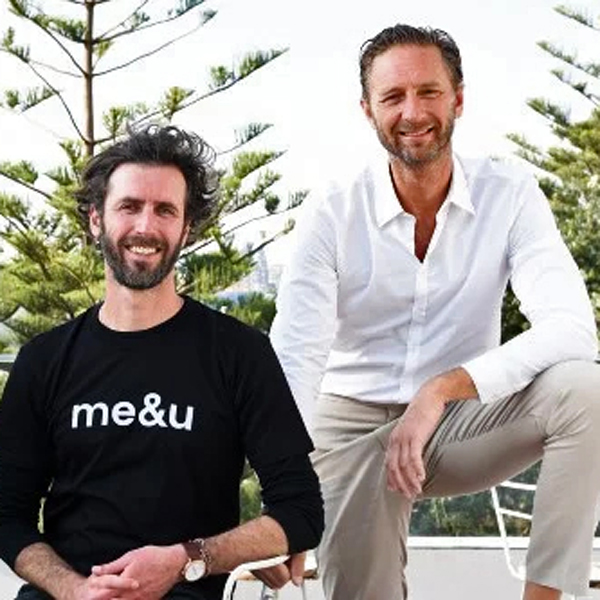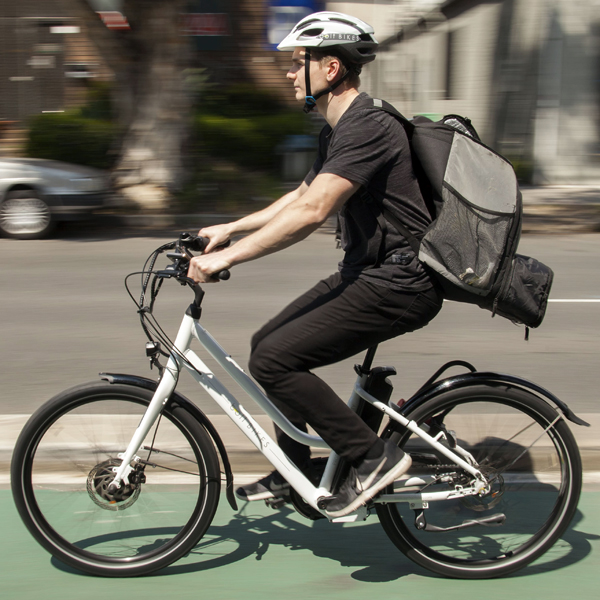Foodservice
NEW NORMAL - FOODSERVICE
Foodservice has become an essential part of the business model in many of today’s pubs, and while any pandemic restrictions remain it is perhaps the most vital element of the pub for drawing patrons and keeping revenue flowing.
At the moment many pubs around the country are behaving as over-capitalised restaurants, while unlike restaurants, many are unaccustomed to requiring patrons to book in advance, or to the lean margins and efficient turnover necessary to producing all or most profit out of meal service.
Menus are in flux, in line with forced changes to methodology such as the extinction of self-serve options, and customer expectations regarding what fits their new-found caution; the share plate, which has become one of the hot menu tickets in recent years, may find itself relegated to history for at least the new few years.
The general public has awoken to both the pitfalls of living in a pandemic and that innovation is possible in dining options, and while the new rules are far from carved in stone some trends have begun to emerge.
Germ-phobia
One of the ironies of the COVID-19 global pandemic is that some places in the world have already noted a reduction in infections and deaths from completely unrelated diseases, such as tuberculosis and hepatitis. This was attributed to the widespread increase in awareness of the benefits of hygiene, particularly proper hand-washing.
Given everyone has now been through a sudden and serious focus on the importance of preventing or at least minimising exposure to pathogens, it may be a long time if ever when people return to being oblivious to this relatively simple exercise, meaning this trend is almost certainly here to stay.
A truly germ-free environment may require a level of attention that is not practical outside of an operating theatre, but the visible aspects of a premise are more likely to be what customers judge as acceptable or not. Deliberate and obvious attention to hygiene by staff, particularly around food, is paramount. Similarly, overall presentation will have a mental effect on people’s judgement, so be sure to keep staff and venue looking their best.

Technology
Rarely in social history has there been such a movement adopting radical change as that triggered by millions of bored and hungry people stuck in their homes. While streaming services such as
Netflix pushed new testing limits on the NBN, many bricks and mortar businesses leapt online and began fulfilling the needs of smart phone-wielding diners.
Relatively new or unknown internet ordering and delivery systems shot into prominence courtesy of sheer demand, and historically proud dining establishments began packaging meals for transport, or par-cooking meals for optimum presentation and increased engagement.
Some adopted pick-up only models, requiring no physical contact with the customer.
Helping manage the changes and now the regulations such as those around patron numbers, many operators have turned to more sophisticated business reporting tools, with the advantages of real time data and remote access. This kind of process better allows on-the-spot decisions, as well as smart ordering to minimise wastage and staff coordination to minimise running costs.
Many more found new voice in social media, armed with downtime and a need to stay relevant. Chefs, bartenders and entertainers flocked to web-based platforms and fundraising initiatives such as Help Out Hospo to share in the We’re All In This Together battle cry.
Service Etiquette
There has traditionally not been a great need for hotels to educate customers on how things are done or what is expected of them, but changes being seen in most settings will need to be clearly communicated to all newcomers for a while.
The most basic of these is the mandated rules around contact tracing, requiring the collection of names and phone numbers. There are already a myriad of systems doing this either directly or as a new function of an existing product or service, and it is widely advised to simply refuse any patrons unwilling to provide identification, as although the risks of any one person presenting an infection problem may be low, the penalties for not meeting obligations far outweigh any profits from one customer or group.
It will be important for operators to understand the active role customers will play in the future of foodservice operations. A good online resource for navigating this period is the Covid-19 Playbook by Black Sheep Restaurants.
Local Benefits
Within the grim realities of globalisation society generally has found a new appreciation for our immediate surroundings. As many walk the streets wearing masks, in a show of selflessness based in protecting one another, we’re finding new attraction in what is available without travel and in our own backyards.
The pub is The Local. It can be a source of physical and social sustenance, but it is also a hub for community and centre point for its catchment and community. Pubs should ride the return-to-local sentiment as best they can, and champion their role in the local economy.
Innovation
Crisis is a strain on everyone, but always creates opportunity for some. This crisis is no different, and the Darwinian nature of small businesses – pubs included – has seen cream rise to the top to fill voids left where others have fallen away. Complacency is the enemy of innovation, however crisis leaves complacency in its anxious wake. The trick is to find a balance between motivation and mayhem.
Foodservice

The COVID crisis, bringing an unprecedented social situation forcing people to stay in their homes, has created perfect conditions for the evolution and influx of technology solutions in f&b.
For months people stayed indoors whether they wanted to or not, but still needing to eat, swathes of the population found new freedoms in online ordering and delivery systems for many of the venues they already knew. Suppliers of cuisine scrambled to implement facilities to allow mobile and/or online ordering software, while many lamented they hadn’t bought stock in the kinds of delivery systems suddenly whizzing meals and even alcohol around via cars, motorcycles and pushbikes.
Conditions state-by-state vary, but the majority of eateries are now open again and for the most part people have been quick to respond and return – both to eat something beyond home-cooked spag-bol, and motivated by the groundswell of supporting local enterprise.
Technology is a prominent part of today’s solutions, with customers asked to book before they arrive. The turnover of bookings has prompted most operations to adopt online systems that offer a lot more functions than paper and pen by the phone. Once inside, wide-eyed returnees are confronted with new regimes and requirements, particularly the universal regulation to collect information for contact tracing should someone later test positive.
The varied influences have combined into a juxtaposition of anxiety and control in which personal technology is both a tool and a comfort. Operators might take this into consideration.
“Customers are now expecting this type of service,” says Clive Thorpe, CEO of digital ordering platform Order Up.
“The buzzers and old wooden table numbers will all disappear. If you move now and introduce table tech, the customer will adopt it and spend more.”
The company has found its client venues are seeing basket size increases of up to 30 per cent versus pre-COVID. This has likely been bolstered by increased customer control, but also by Order Up’s up-sell meal deals and promotions, offered in real time.
Digital menus also satisfy customers’ rising expectations around choice, providing anytime, anywhere information, images of meals, offers on Happy Hour or daily specials, and versatility in customising the selection. “Hold the pickles”!
There is also the technological advantage that the person ordering can be kept updated and notified on wait time and collection, without disrupting any workers.
Customers can easily use Order Up via any mobile device, without requiring an app, download or specialty software. It can also be multilingual.
The Order Up system is scalable and cost-effective, and allows operators to help reduce the many potential touchpoints arising from traditional order at the bar and collect methods. It can also serve as a venue’s contact tracing system.

Me&U CEO Stevan Premutico and Justin Hemmes
A survey of several hundred everyday Australians asking “what the new world will be like” found considerable opinion on changes to their eating and drinking out spending patterns.
A major shift toward digital solutions was acknowledged, and an encouraging 60 per cent say the ‘new normal’ environment won’t affect their spending. In line with the rising public sentiment around supporting local industry, 20 per cent of respondents say they will actually eat out more.
The survey was conducted by Meandu – a table ordering and payment system that aims to improve the patron dining experience. It allows users to link their smartphone to beacons affixed to the tables, providing a digital, personalised menu and payment facility with no physical contact with the staff or venue.
Results also found 95 per cent of customers now look to pay with a credit card or their mobile phone, which they know and trust, around two-thirds of people preferred a digital menu, and 60 per cent are now wary of standing in queues.
Since venues have reopened, Meandu has registered average spend per person up 18 per cent in June ($55) compared to March ($46), and drinks orders up 36 per cent.
“Customer expectations have changed, and customers will choose venues that take their health and safety seriously,” offers Stevan Premutico, founder of Meandu and previously of Dimmi.
Hospitality trailblazer Merivale is a supporter and client of Meandu, recently adopting the system as part of the group’s foodservice solution in Coogee Pavilion.
Foodservice

While premises were shut there was a minor explosion in delivery system solutions for many sectors, but none more so than f&b. Consumer demand for service led a push-back on delivery solutions established in recent years – most pertinently Uber Eats and Deliveroo – with the brunt of ill-will stemming from high fees and inconsistent service. 13CABS even rose to the occasion, offering a new alternative to the status quo.
In medium- to high-density municipalities, the alternative option of bicycles – specifically battery-powered e-bikes – has proven the best and cheapest method of delivery. As well as being low-cost to operate, all they require is someone that can ride a bike, providing employment opportunity to locals or existing staff.
Bolt Bikes supplies commercial-grade e-bikes with a long-lasting battery to meet business demand.
Bikes are available through flexible rental subscriptions starting from $69 per week, which includes full maintenance.
Recognising what it suggests is an urgent need, the company has also created a noticeboard called Bolt Jobs, to directly connect businesses with its existing network of over 1,000 delivery riders looking for work. The service is 100 per cent free for Bolt clients to use.
“We created our Jobs Board to connect our community and instigate immediate job opportunities, taking the pressure off both business and rider,” explains co-founder and CEO Mina Nada.
“It was a common question being asked of us and urgent for our team to implement. It’s important for our community to support one another as best as we can during this tough time.”
Consumer research was also conducted by pioneer of smart mapping, Here Technologies, in May polling a sample size of 440 Australian small business owners. Here champions location as central to many aspects of life, and redefined mapping technology as having the potential to radically improve business.
External delivery companies, charging in the region of 35 per cent commission on orders, rely on the kinds of navigation systems developed by Here since 1985. The company’s research found 60 per cent of businesses using these services report the high commissions hurt their bottom line, potentially making delivery unprofitable.
What’s more, 73 per cent would like to have the ability to manage their own deliveries, and 40 per cent reported up to five existing employees that could be utilised to make deliveries.
Here has now launched HERE WeGo Deliver, which uses smart software to simplify the process of managing multiple orders and runners. It was created specifically to give back to society in response to the continued pandemic restrictions, and until the end of 2020 is being offered with no sign up or subscription fees.
The software optimises the delivery route, with runners receiving a personalised delivery plan and directed on the journey by voice-enabled navigation.
As well as reducing the manual work of loading, sorting and organising deliveries, and guiding drivers, it importantly reduces customer wait times and helps improve operational efficiency.
“The message from Australian business owners is pretty clear: while they know delivery is likely to be a lifeline for them in coming months, they’d prefer to manage this themselves and use their own employees to sustain it,” offers Here Technologies’ Daniel Antonello.
“That approach could see more Australians keeping their jobs and ensure more of the local businesses we love can still exist when this is behind us.”


